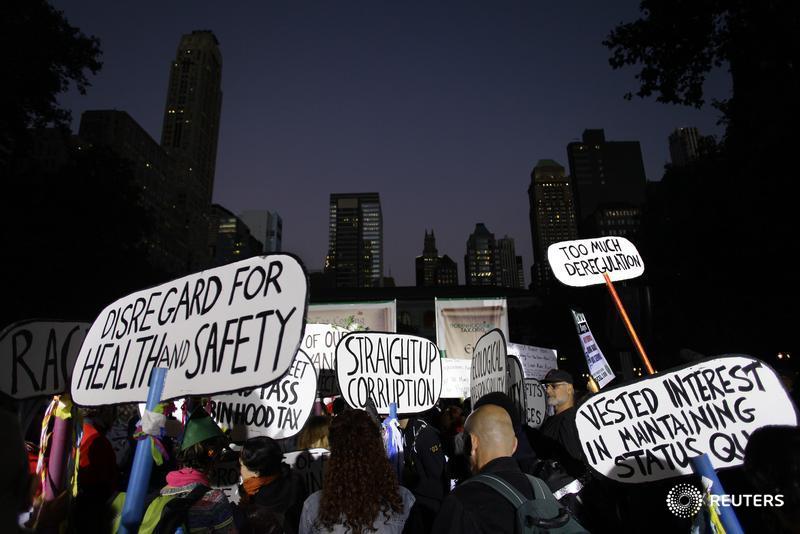Newsroom Curators and Independent Storytellers: Content Curation as a New Form of Journalism

Reuters Institute Fellow's Paper
Federico Guerrini, a freelance Italian journalist specialising in technology, has written a timely study on the growing journalistic practice of curation.
In his research, called ‘Newsroom Curators and Independent Storytellers: Content curation as a new form of journalism’, Federico draws on two case studies, the “London” Riots and Occupy Wall Street, and from a number of interviews with journalists and media experts to provide suggestions on how journalists can make content curation valuable.
Federico writes: “Who is the “curator”, that bizarre figure who has recently appeared in lots of articles dealing with the promotion of journalistic (or marketing) content? A curator is basically someone who takes an inordinate mass of material, and turns chaos into order, or in more recent slang, turns “noise into signal”. With the rise of social media platforms and the flood of atomized content coming from users, content curation now plays a central role in how news stories are created by newsrooms and then delivered to an audience. Without giving up their traditional skills, journalists are becoming more and more information “managers”.
They are behaving like human filters which due to the absence of boundaries (i.e. space limitations, like television's airtime or newspapers’ pages) typical of the digital world, verify and add context to what user-generated content they think to be relevant, and feed it onto Web pages or mobile applications. Thanks to the rise of new social media curation platforms, the same role can be played by independent professionals (whether journalists or amateurs), who are “independent storytellers”. They might be freelancers or amateurs, or they might be working for a news organization, although with such a level of independence and visibility to transform their job into a one-man-show. My research shows that this increased participation has both its drawbacks and opportunities.
For news organisations, one of the dangers is to assume that what you find and hear on social media is the real and only “voice of the crowd”, without taking the time to analyse in more depth other possible points of view. Resources are scarce and this could be a real temptation; but not everybody is on the Internet, especially in developing countries, and even if they are, it should not be taken for granted that they are willing to testify online what's happening in their surroundings. As for independent storytellers, they could play a double role in the future: supplement, replace or somehow integrate the coverage done by mainstream media; or just take advantage of the new possibilities offered by curation tools just to transform them into propagandistic platforms. To strike a balance, to make use of user-generated content without “being used” by it, it's not an easy task.”
As with all Fellows’ research papers, any opinions expressed are those of the author and not of the Institute.
Image: REUTERS/Joshua Lott






